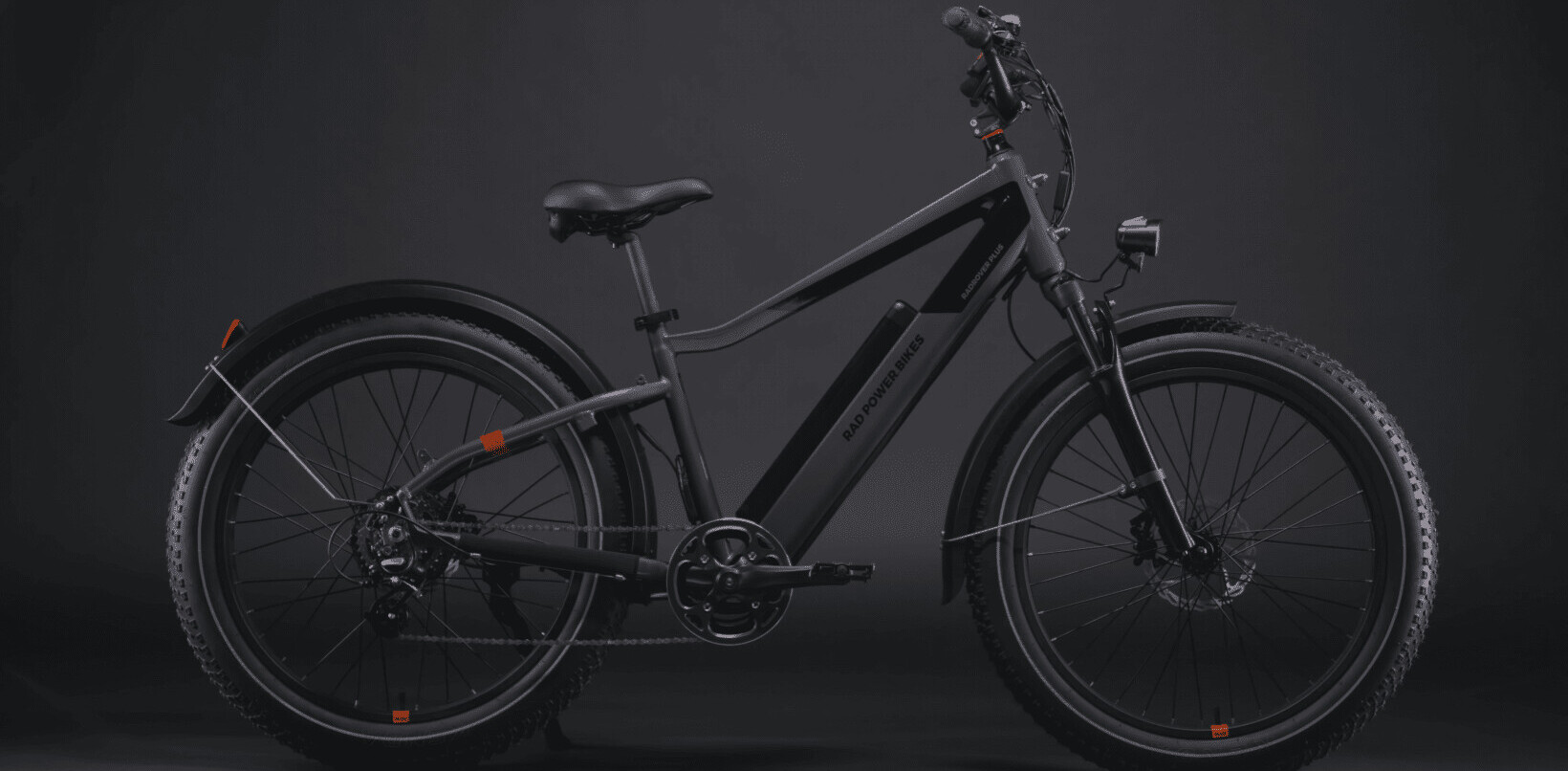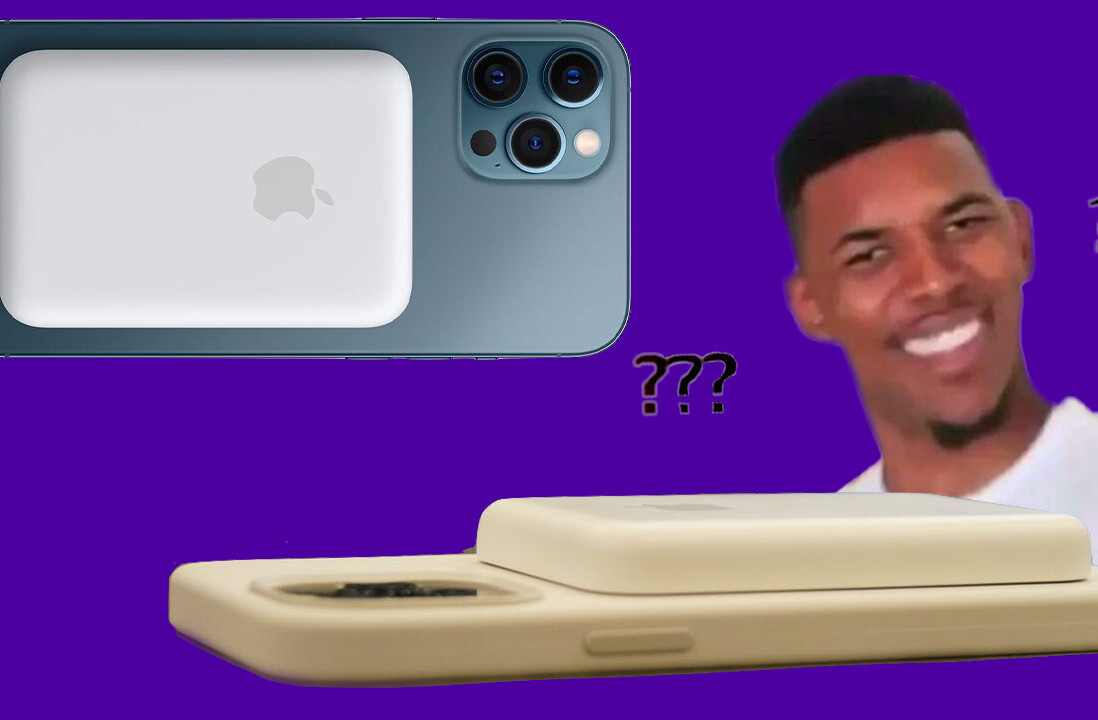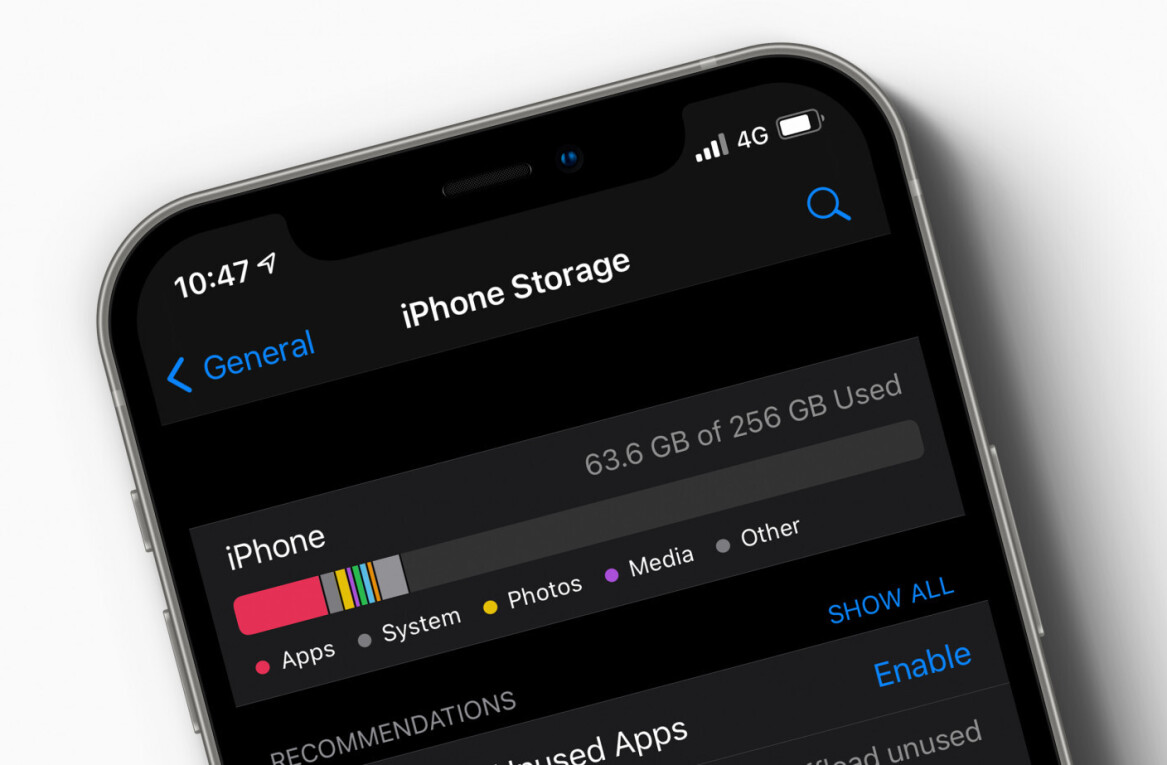
- Product
- HD820
- Price
- $2,400
For as long as I’ve been reading and writing about headphones, one thing has remained true: the very best cans have an open back. They leak music out to the world and let noise in, a necessary compromise to reduce reflections and resonances that could distort the sound. Closed-back headphones can be great, but they can’t match the expansiveness and transparency of their open brethren.
Sennheiser’s HD820 – its first go at premium closed-back cans – doesn’t destroy those dogmas, but it gets pretty darn close. Despite questionable decisions – that $2,400 price tag particularly stings – it sounds like nothing else I’ve heard.
A history lesson for those not in the know. The HD820 is essentially a closed-back variant of Sennheiser’s venerable HD800, and its refined revision, the HD800S.
The HD800 came out in 2009, and it remains one of the most recommended products on the market, known in particular for it’s huge, speaker-like soundstage, and remarkable transparency. You can find an HD800S for less than $1,000 used – an HD800, for even less – but they remain competitive even as the competition regularly crosses into $2,000+ territory. The Focal Utopia, for instance, cost a cool $4,000 at launch, but I consider them to be more of a ‘sidegrade’ than an upgrade.
Needless to say, hype was stratospheric when the HD820 was announced in January. Sennheiser promised to emulate or improve on the sound of one of the most-open sounding headphones in the world, in a closed-back design.

And what a gorgeous design it is. Subjectivity acknowledged, but the HD820 are the prettiest headphones I’ve used. They look a lot like a refined version of the HD800S, and I love the way the curved glass shows off the 58mm ring-shaped driver, which Sennheiser is so proud of it hasn’t changed it since 2009.
The headphone, despite its size, is remarkably comfortable. The earpads are more plush than its predecessors, and the headphone is light enough that I had no trouble wearing it for hours. The closed design is decent at blocking out external noise, and more importantly, lets little of your music out. I can use them late at night while my girlfriend is sleeping. I can’t say that for the vast majority of top-of-the-line headphones.
I’d almost call them portable if it weren’t for the huge size, giant cable, and the fact that you need a powerful amp for decent sound.
Because the drivers remain the same, HD820’s new acoustics have everything to do with its chassis. That glass is for more than just aesthetics – its curved design helps redirect sound emanating from the rear of the drivers into a dampening material, eliminating much of the detrimental resonance typically associated with closed designs (boomy bass for instance). This design also helps the HD820 achieve a wider soundstage than most closed-back headphones – although the gigantic earcups don’t hurt.
If the goal was to make the most open-sounding closed headphone – without any fancy software tricks like Audeze’s Mobius – I think Sennheiser succeeded. The HD820 sounds huge for closed-back cans. Heck, it sounds bigger than plenty of open-back headphones.
In particular, Sennheiser is able to create a rare sense of distance for headphones – like you’re sitting a row or two back at a performance rather than having musicians blasting sound right in your face. Focal’s Utopia ($4,000) and Clear ($1,500) both have a smaller presentation, despite their open design. Granted, Focal’s headphones are known for having a very intimate soundstage, but it’s a notable advantage for the HD820 nonetheless. I also think the soundstage is a bit more three-dimensional than Hifiman’s new Arya, which I had on hand during the last few days of testing.
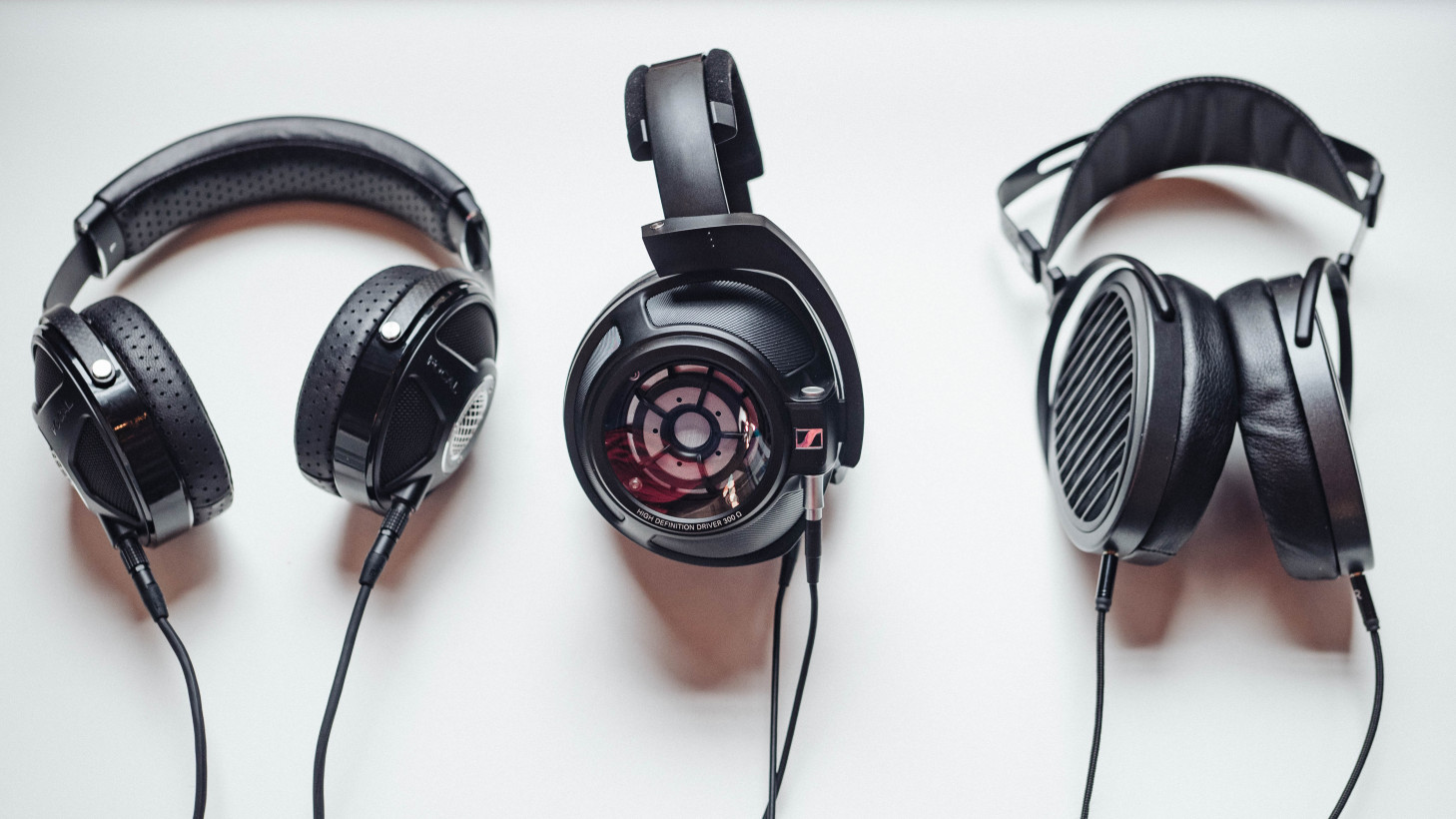
On the other hand, the HD820 has been somewhat divisive in audio forums for not sounding as open as the HD800S despite the higher price, but I think that’s an unfair comparison.
Sennheiser could reduce all the resonance in the world, but closed headphones can’t provide the crossfeed between ears that open headphones do. In practice, that means audio panned far to the left or right – particularly common in older recordings – will sound more closed. But I find this is easy enough to rectify with a crossfeed filter on your audio source, and is overall a minor complaint to levy at the HD820.
Although I didn’t have an HD800S at home to compare to directly, it’s a headphone I’m very familiar with, and I did spend some quality time comparing them at The Headphone Annex in NYC.
My overall impression is that the HD800S can push sound farther out to the extremes, but 90 percent of the time, the presentation is remarkably similar. Mids and highs are both detailed impeccably transparent, and I appreciate the slightly tamer treble on the HD820. It retains most of the high-end sparkle but is less likely to be abrasive – though that might be a matter of preference. It will still reveal bad recordings like a hot knife through butter.
Bass, on the other hand, I believe is a clear improvement. For years, it seemed every high-end headphone had to aim for “neutral” (read: anemic) bass to avoid muddying up other frequencies. That’s fine for stereotypical audiophile tracks, but not everyone exclusively listens to 256-bit lossless recordings of Steely Dan and binaural wind chime folk music.
It’s far from a basshead’s standards, but the HD820 has plenty of slam when called for. Unlike the HD800S, the HD820 doesn’t make me reach for a bass boost when listening to hip-hop, or EDM, or pop. Even for classical, that sub-bass rumble contributes substantially to a sense of presence with orchestral percussion or a church organ. And to my ears, the bass remains fast and articulate, never intruding on other frequencies. I’d argue the increased low-end authority makes the HD820 a much more versatile headphone overall than its predecessors.
That said, you will need a source with a fair bit of power to get the best bass from them – it can sound a little limp and dry from weaker outputs. Most of my testing was done out of and iFi iDSD Micro BL, which has plenty of headroom for playing back loudly. It’s also worth noting that if you do want some more bass, the HD820 responds very well to an equalizer.
The sound isn’t perfect. There’s this dip in the lower mids that I think contributes to the sense of distance and transparency, but sometimes make voices sound a bit hollow. The HD820 is weird in that its bass hits pretty hard and its treble isn’t too aggressive, yet it can still sound a little cold and analytical. Some might see this transparency as making the headphone less engaging.
I have some issues with its design too. As comfortable as it is, the HD820 is more finicky about seal than any opretty much any other headphone in its category; the earcups are so big that you need to finagle a bit to get the best fit and sound. This affects bass frequencies in particular and can have a real impact on how your music sounds.
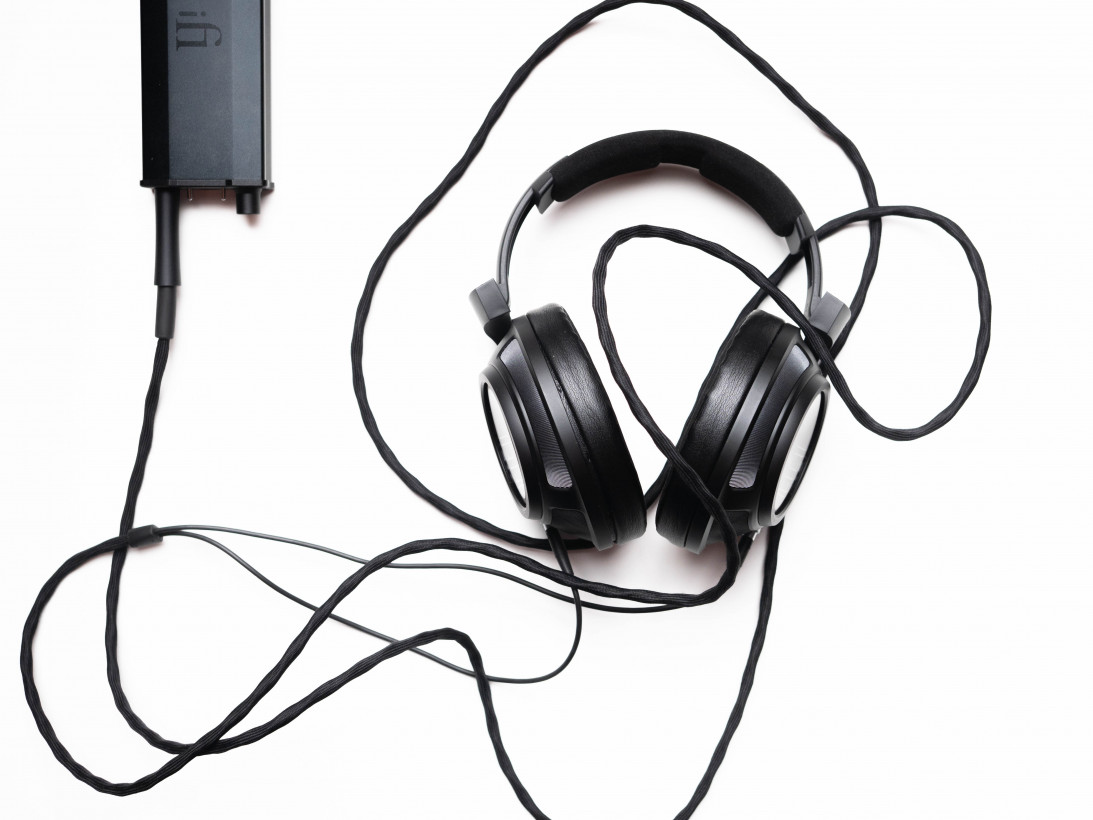
I also really wish it at least included a shorter cable, because even though it’s mostly meant to be used at home, I’d venture to say most people don’t need a 10-foot long cable. There’s no 3.5mm jack in the box, so you’ll need an adapter or aftermarket cable if your source doesn’t have a 6.3mm input. Besides, sometime’s I am crazy enough to walk around outside with giant, $2,400 headphones.
But you might’ve already guessed the HD820’s biggest problem: its price.
Even if I think they’re better than the HD800S – and many online would disagree with me – I don’t believe they are $800 better. That’s taking into consideration the usual diminishing returns of hi-fi audio too, and is compounded by the fact you can get a used HD800S or HD800 for less than $1000 online.
It’s a problem of optics, and the name contributes: it’s not called the HD800C, it’s the HD820. The higher number and far higher price both suggest “better,” and I’m not sure Sennheiser has definitively proved that.
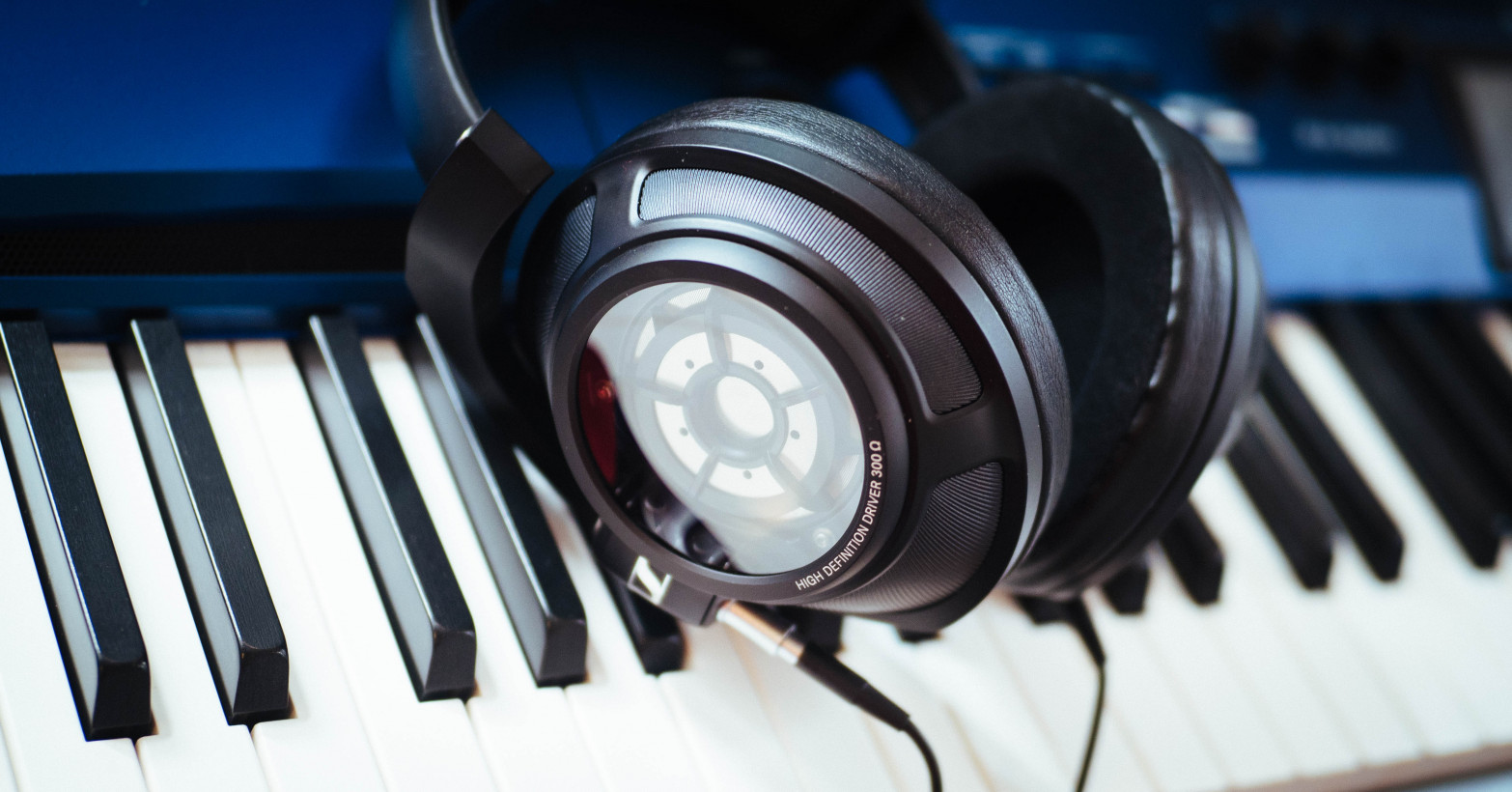
But maybe none of that matters. The HD820 is one of relatively few closed-back flagship headphones. The isolating design helps me immerse myself in music when there’s background noise around me. It means I won’t disturb others when blasting music. That convenience can’t be understated as a city dweller, because not everyone has access to a perfectly quiet listening room.
Even among closed headphones, they sound like nothing else I’ve tried. Two other high-end closed-backs I’m testing, the Denon D9200 and Focal Elegia, are both great – I prefer the tuning of the Denon overall – but neither comes close to the expansiveness of the HD820. Brief auditions of other TOTL cans tell a similar story.
Also, as much as I hate to say it, $2,400 isn’t outlandish for a flagship in this industry. Sony’s Z1R goes for a similar price. Plenty of open headphones sell for higher.
Point is, it pays to be different. No, it’s not a closed HD800S, but to my ears, it’s something arguably better. Despite some flaws and a questionable price, the Sennheiser HD820 is the most open-sounding closed headphone I’ve tried, and it challenges established dogmas of what high-end headphones should be.
Now, if Sennheiser could start working on that HD820S….
Get the TNW newsletter
Get the most important tech news in your inbox each week.
